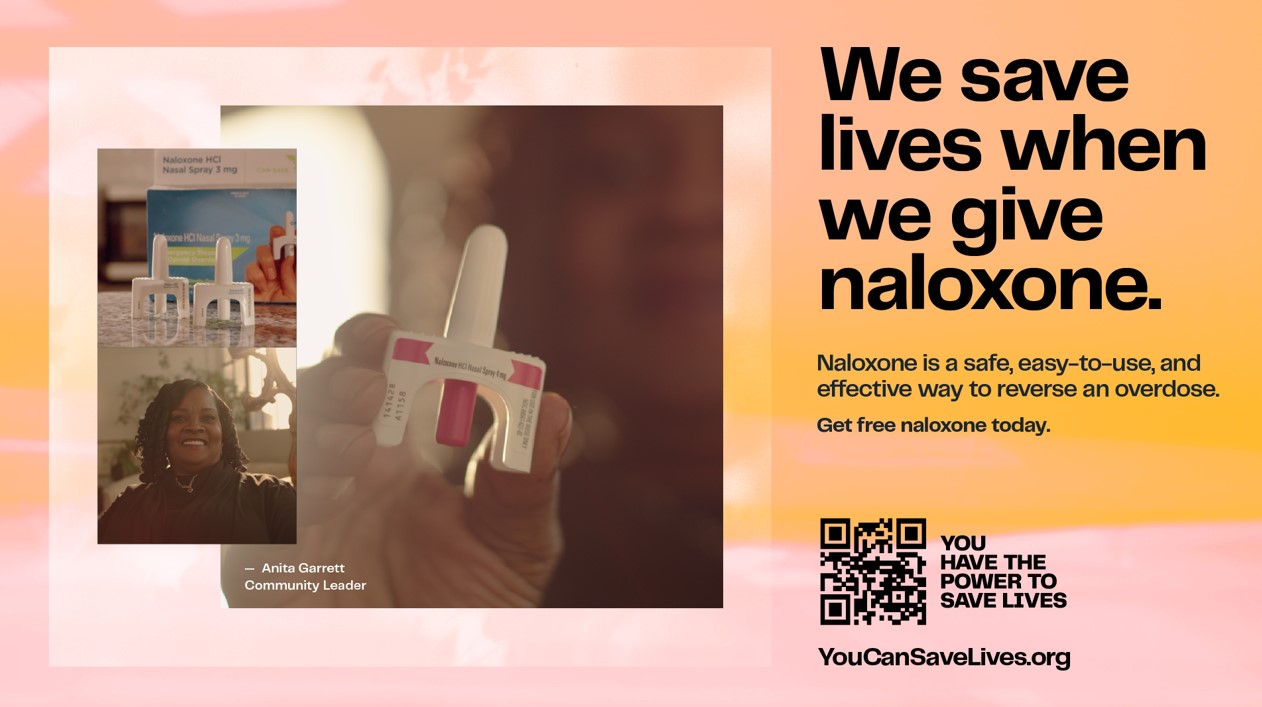
As Milwaukee fights back against drug overdoses in its Black communities, Anita Garrett is at the forefront of the battle, urging anyone who will listen that they can save lives by having the life-saving medicine naloxone on hand.
Garrett’s commitment to the cause is deeply personal. In 2011, her son, Sammie, tragically overdosed on ecstasy pills laced with fentanyl. Naloxone, the life-saving medicine, was not readily available when Sammie needed it. His friends, fearing legal repercussions, were slow to call for help. This delay cost Sammie his life, a loss that continues to drive Garrett’s advocacy.
“The urgency of the situation would have been clear to me, but it wasn’t to those around him,” says Garrett. “Sammie might still be with us today if his friends had reacted quicker. A few years later, my nephew, Romeo Thames, 35, also fell victim to an overdose. Naloxone was there this time; someone had it in the car they drove in, but they didn’t know how to use it. Romeo died, a tragic loss that could have been prevented if the Black community had fully embraced naloxone as a lifesaver.”
The two deaths are examples of the tragedies in Milwaukee’s Black communities over the years. Data from the Milwaukee County government shows there was an overall decline in overdose deaths in Milwaukee County in 2024, but the overdose death rate for Black residents remained twice as high as the rate for white residents. In fact, Black residents accounted for 42% of all overdose deaths in the county in 2024, despite being just 27% of the population.
“Two people very close to me are gone because our community doesn’t know what to do when someone overdoses,” Garrett says. “There is a fear and a stigma around nearly everything regarding drugs. I can’t stop people from using drugs, but I can educate my community about how to save lives with naloxone, a life-saving medicine.”
Garrett’s influence extends beyond Milwaukee. She is a pivotal figure in the You Have the Power to Save Lives campaign, a collective effort launched last month to increase access to naloxone in Milwaukee and six other cities. With her commanding voice, Garrett spoke at the virtual press conference, underscoring the campaign’s potential to save lives.
The campaign promotes community champions, like Garrett, who speak out through radio ads, digital media, and other platforms. The personal appeals of people directly affected by overdose are a powerful plea to keep naloxone readily available to save friends and loved ones who may overdose on opioids, such as heroin and fentanyl, or from prescription medications like oxycodone or codeine. At the heart of the campaign is the website – YouCanSaveLives.org – where people can find out where to obtain naloxone nearby, hear powerful, real-world testimonials, and take action to spread the word about the importance of naloxone.
Garrett feels empowered to educate the community.
“I share with them how simple it is to use naloxone and that there are no legal repercussions for trying to save a life,” Garrett says. “I remind the users that they matter; they may be in a dark space, but they won’t always be there. Education is our most powerful tool in this fight.”
Garrett explains that overdoses strike when a victim takes too much of an opioid. Their breathing slows and then stops. Naloxone, a simple and effective tool, temporarily blocks the effects of opioids and helps a person start breathing again. It can be administered with a nasal spray without any specialized training, empowering anyone to potentially save a life.
“My commitment to saving lives in our community is deeply personal.” Garrett proclaims. “I’m a recovering substance user myself, and I’m driven by the desire to prevent another mother from experiencing the pain and suffering that I have endured. I was a crack addict for 20 years. When I lost my son, enough was enough. That was my rock bottom – every user has one. Nothing phased me. I stole from my employer to buy crack. I was a shoplifter. I went to jail. I had lost my kids. I think that’s one reason why my son turned to drugs: he saw his mother doing it. My son was an excellent basketball player growing up. He was six feet six. But I never went to his games. He would call the police on me because I would be out on the streets, begging for crack. I hurt my family. I lost hope.”
However, Sammie’s death changed everything.
“It was a turning point, a moment of reckoning that propelled me towards a new path,” Garrett recalls. “I remember going to a basement in the Hillside projects, where I could be alone. I spent all day talking to God. When I emerged from that basement, I was saved. I cleared out all the drug paraphernalia and never did crack again. Other people who use drugs don’t need to suffer the way I did. Our community leaders, faith-based leaders, and organizations like WestCare can support them without stigma and meet them where they are.”
Now, Garrett tells her personal story to groups, hoping to encourage people who use drugs so that they, too, can reach their goals. “The You Have the Power to Save Lives campaign has given me a new purpose,” she says. “I am hopeful and determined to save Black lives by educating the community about naloxone and its power to rescue.”